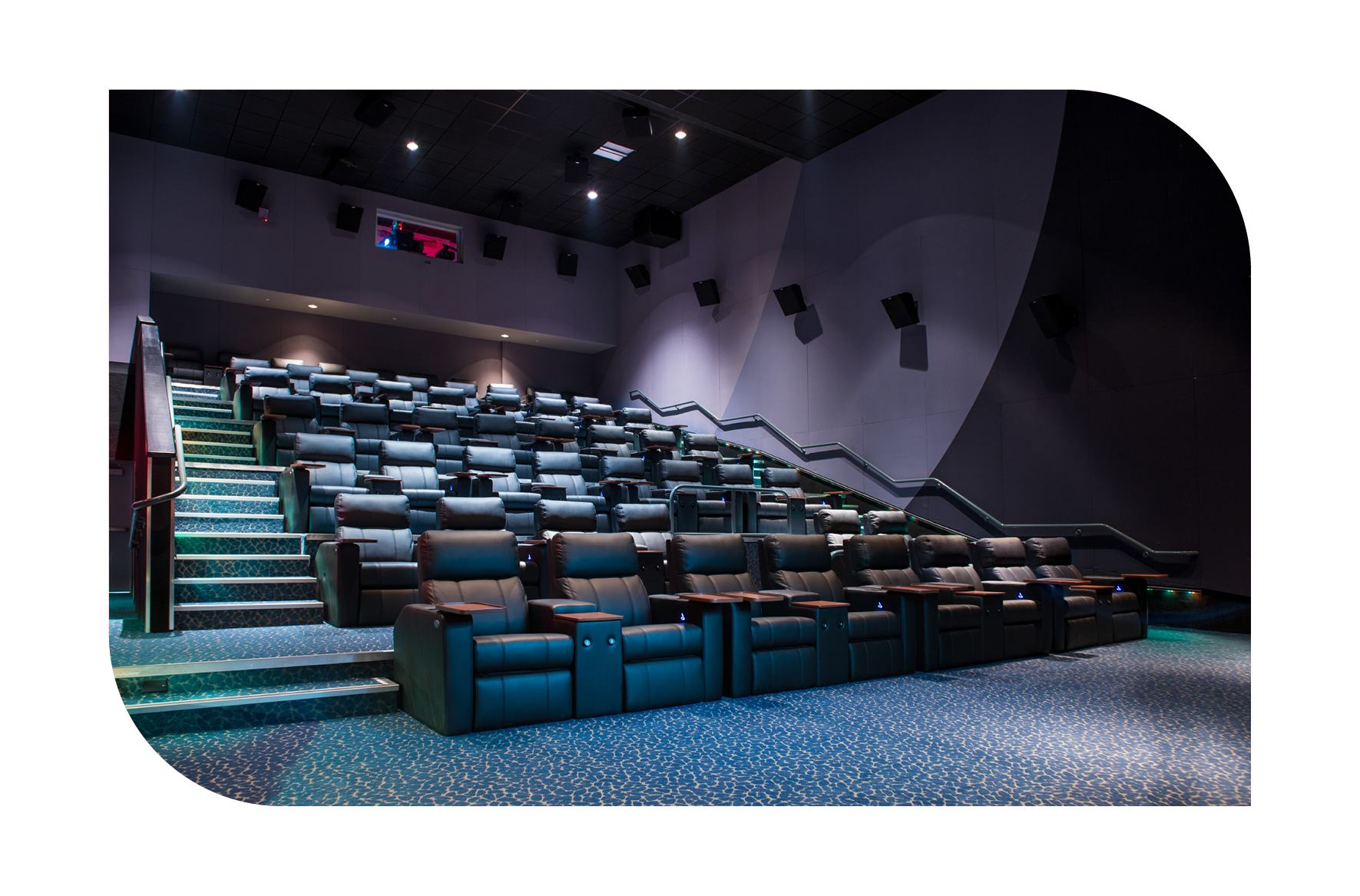Superhero movies have long captured our imaginations, transforming comic book heroes into larger-than-life cinematic icons. Over the decades, these films have experienced a fascinating evolution—starting from bright, campy escapades to intense, gritty tales that reflect the complexities of the modern world. This journey not only highlights changing tastes and storytelling styles but also illustrates how superheroes have adapted to resonate with audiences across different eras. Let’s take a cheerful stroll through the colorful history and the darker depths of superhero cinema!
From Pow! to Peril: The Colorful Rise of Superhero Films
In the early days, superhero movies burst onto the scene with a splash of vibrant colors and a dash of campy charm. The 1940s and 1950s featured serials and B-movies that showcased larger-than-life heroes like Superman and Batman in a fun, often goofy, light. Think bright capes, exaggerated villains, and make-believe worlds where good always triumphed with a wink and a smile. This era was all about entertainment—an escapist fantasy where heroes fought for justice in a world that felt safe and predictable. It was an era where the fun was king, and the sense of wonder was woven into every punch and pose.
As the decades rolled on, superhero films gained popularity but kept their colorful, energetic roots. The 1960s Batman TV series and the campy 1966 “Batman” movie starring Adam West embraced this playful spirit with campy dialogue and comic-style antics. Meanwhile, animated shows and comic books kept the whimsical tone alive, making superhero stories accessible and entertaining for all ages. The superhero genre was, at its core, a cheerful celebration of heroism, packed with bright visuals and outlandish characters that mirrored the comic book pages they originated from.
However, beneath the surface of this colorful veneer, filmmakers began to explore more ambitious storytelling. While the surface remained playful, subtle hints of depth started to emerge—characters with vulnerabilities, moral dilemmas, and complex villains. These early shifts hinted that superhero movies could be more than just fun; they could also tackle themes of identity, heroism, and morality. The stage was set for a new chapter—one where the superhero genre would grow up and take on a darker, more nuanced tone, reflecting the complexities of the real world.
Grit and Glory: How Darkness Changed the Superhero Screen
By the late 20th and early 21st centuries, superhero movies began to shed their campy veneer and embrace a darker, more gritty aesthetic. Films like Christopher Nolan’s “The Dark Knight” redefined the genre, presenting villains and heroes with complex psychology and moral ambiguity. Gotham City was no longer just a backdrop for colorful antics but a gritty battleground fraught with crime, corruption, and moral gray areas. This shift allowed audiences to see their heroes wrestling with real-world issues—fear, loss, and compromise—making their stories more relatable and emotionally resonant.
This darker turn wasn’t just about visual style; it represented a shift in storytelling philosophy. Superhero movies started to focus on character development, psychological realism, and intense action sequences. The days of campy one-liners and cheesy special effects gave way to layered narratives that examined heroism from multiple angles. Think of “Logan” or “The Dark Knight,” where protagonists grapple with their own demons just as much as they fight external enemies. This evolution deepened audience engagement, proving that superheroes could be complex characters with flaws and vulnerabilities, just like anyone else.
Today, the superhero genre continues to thrive in a gritty, grounded world, yet it still retains moments of joy and hope. Films like “Spider-Man: Into the Spider-Verse” marry vibrant visuals with mature themes, showcasing that the genre can be both colorful and serious simultaneously. The balance of grit and glitz reflects the multifaceted nature of modern storytelling—an acknowledgment that heroes are not perfect, but they inspire us to face our own challenges. As superhero movies evolve, they remind us that the journey from campy fun to gritty realism has made these stories richer, more diverse, and more inspiring than ever before.
From their cheerful, colorful beginnings to their intense, realistic portrayals today, superhero movies have come a long way. They’ve grown from simple tales of good versus evil into complex narratives that mirror the struggles and hopes of our world. Whether they’re flying high with bright costumes or battling darkness with gritty determination, these films continue to captivate us—proving that the true power of a hero lies in their ability to evolve and inspire. As the genre keeps transforming, one thing remains certain: superheroes will always find a way to surprise us, in all their vibrant and gritty glory!
